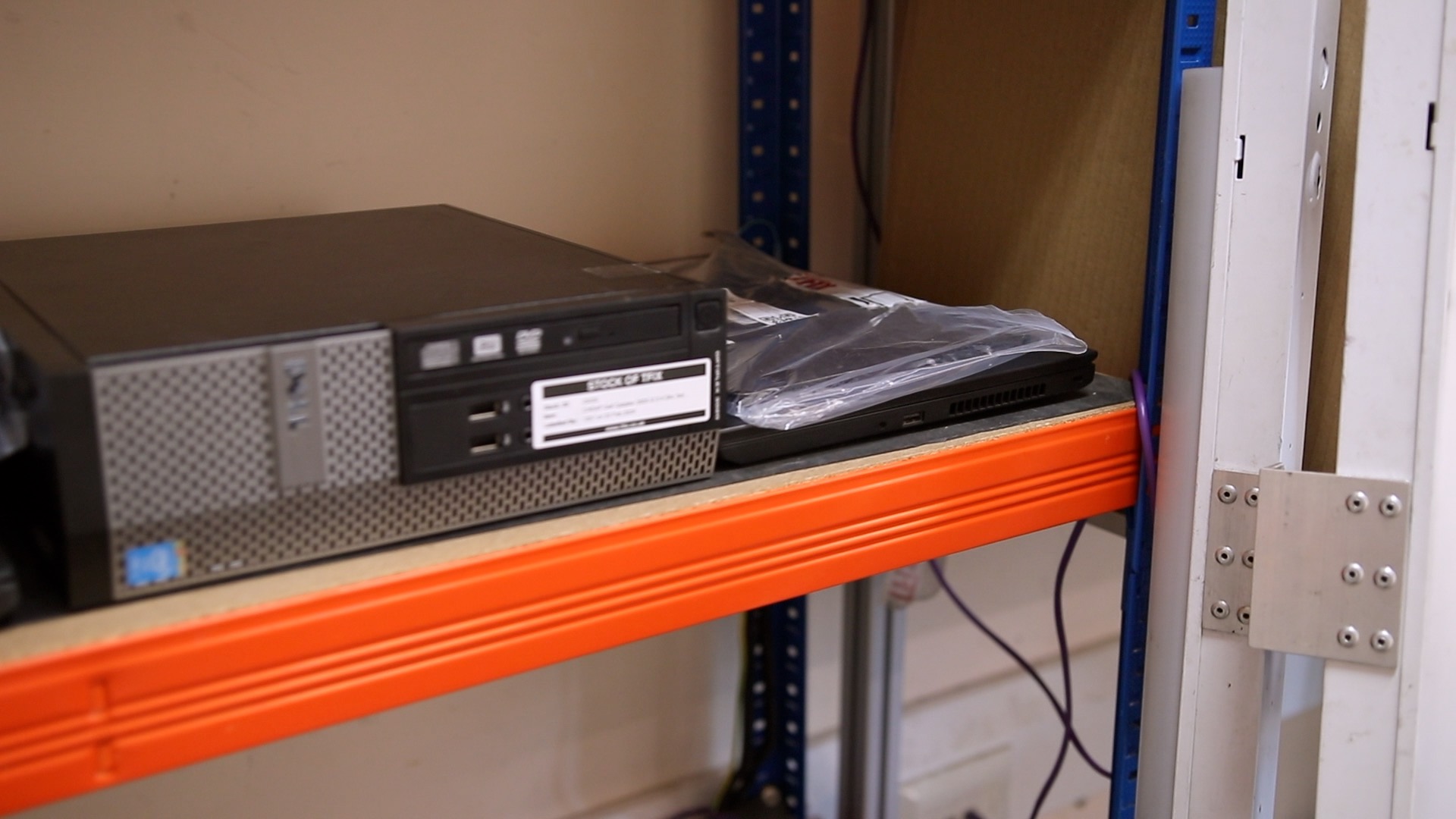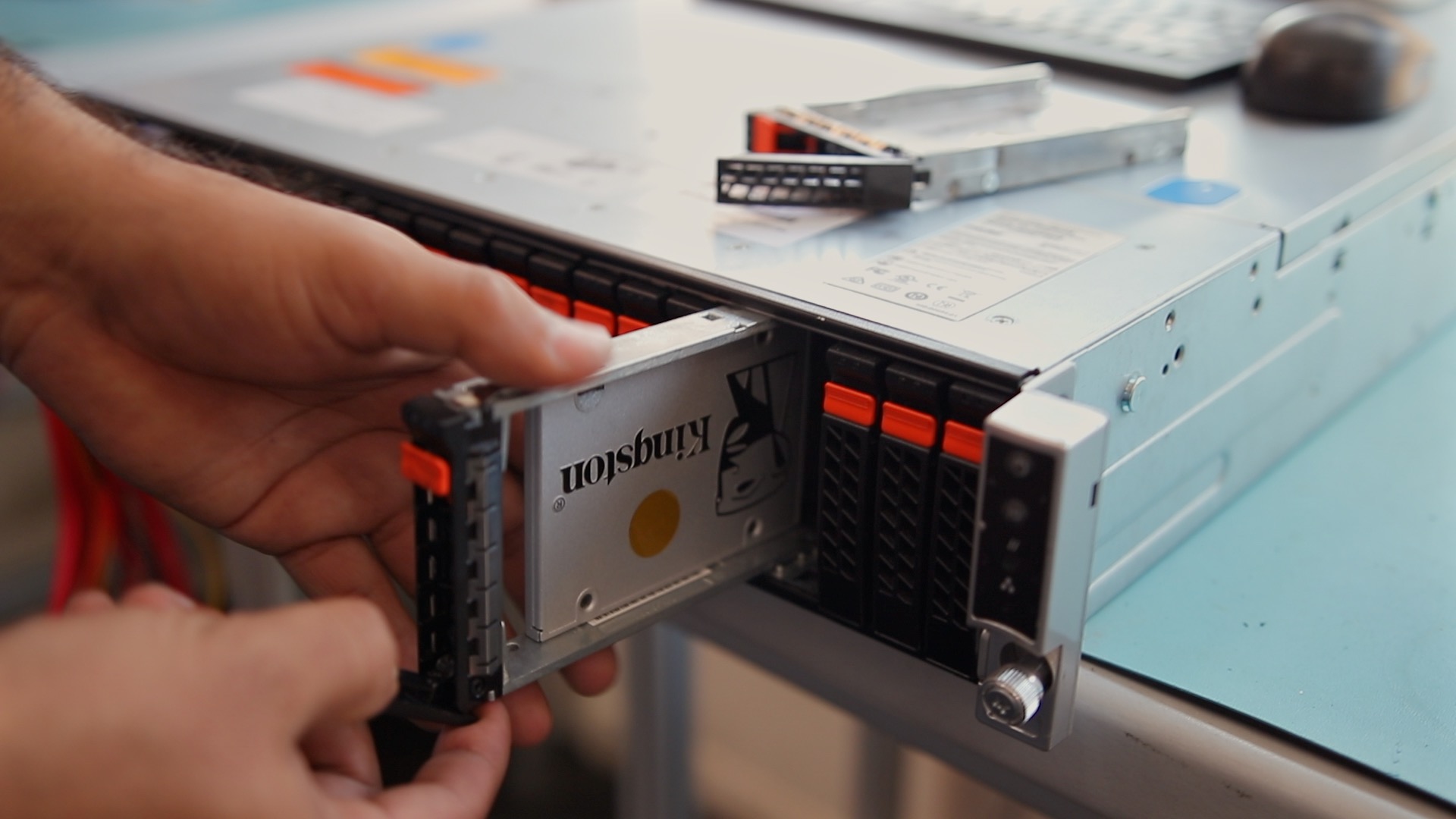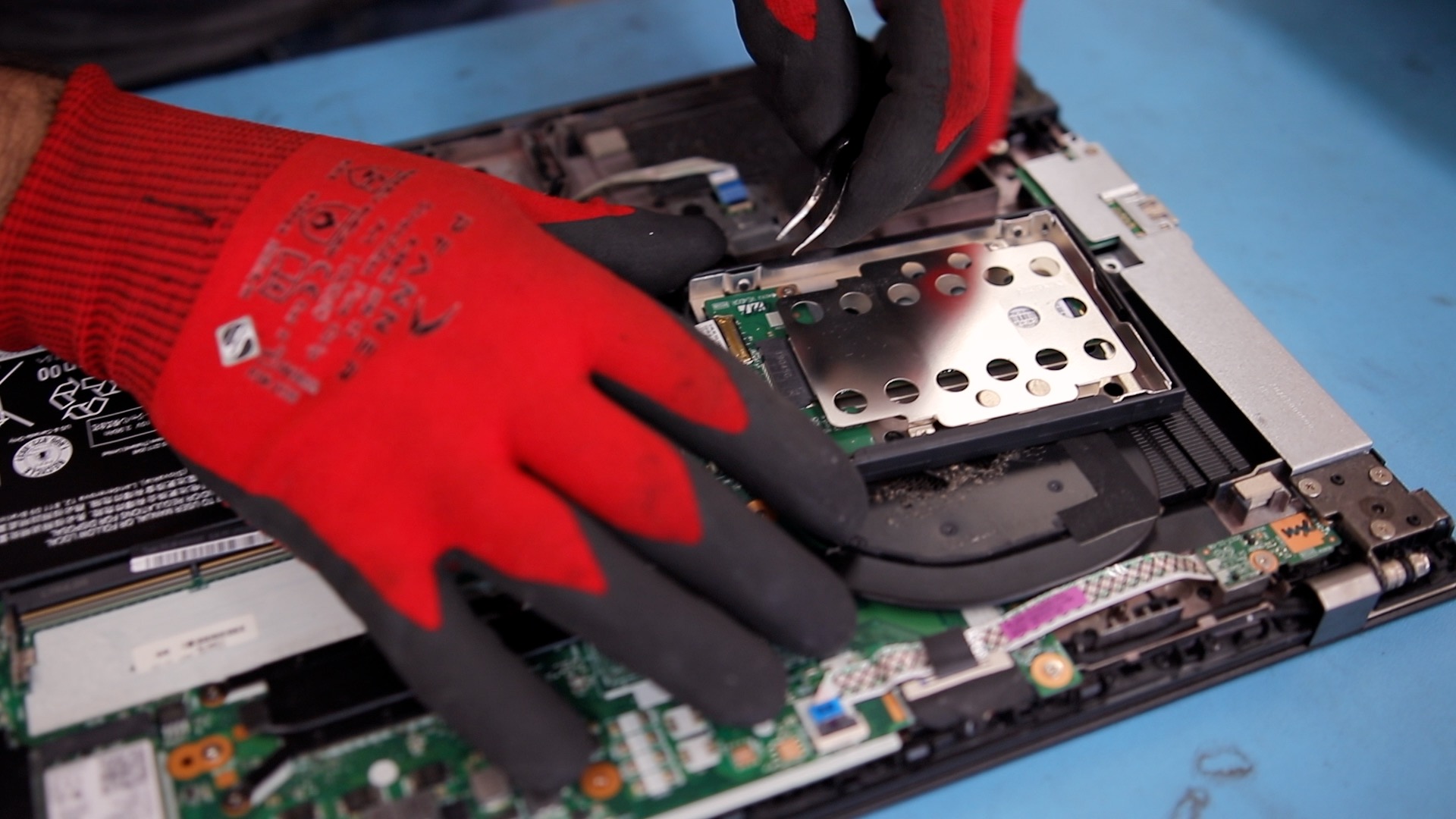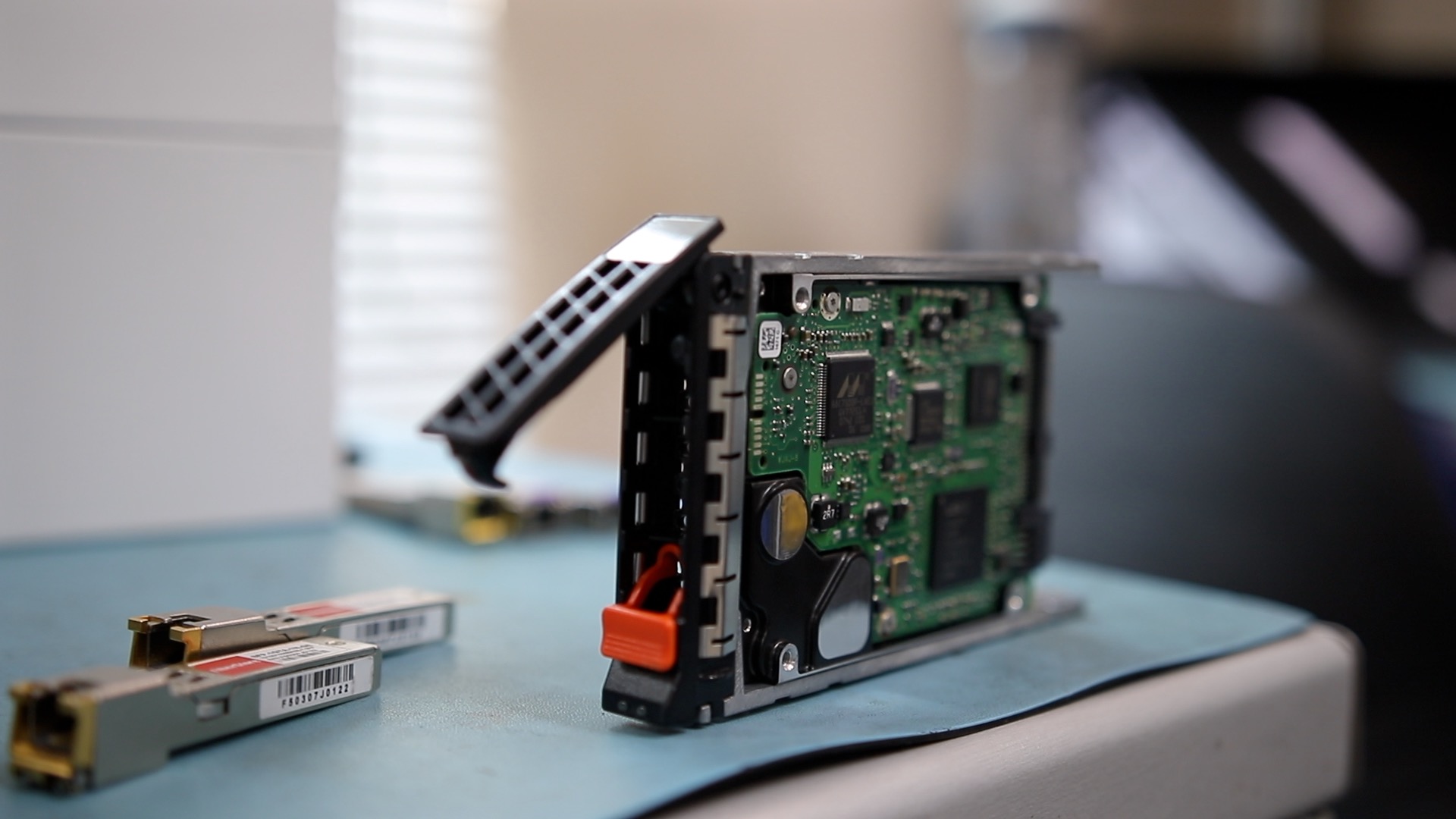Proper Disposal of IT Equipment in the Public Sector

This message is about an important but often overlooked responsibility—
the correct disposal of old IT equipment in the public sector.
This includes computers, servers, printers, mobile phones, and other electronic devices that are no longer in use.
Many of these devices are currently stored in back rooms, basements, or waste containers.
However, they continue to pose risks even after they are no longer operational.

Why is this an issue?
Because these devices often still contain sensitive data.
Information such as housing applications, council tax records, care plans, and internal emails may still be stored on them.
Even when a device no longer powers on, the internal storage can remain accessible.
If this data is not erased securely, it may lead to a serious data breach.
For public bodies, the consequences may include legal penalties, reputational damage, and a loss of public trust.

What does the law require?
Public authorities must comply with the United Kingdom General Data Protection Regulation, the Data Protection Act, and guidance from the National Cyber Security Centre.
These regulations require that:
- Personal data must be protected at all times, including at the end of a device’s life.
- Devices must be securely wiped or destroyed before disposal.
- A complete and auditable record of disposal must be maintained.
Placing equipment in storage indefinitely, giving it away informally, or disposing of it through unverified channels is no longer acceptable.

What is the correct process?
A compliant disposal process includes several steps:
First, arrange for collection by a certified provider.
Each device should be catalogued, including asset numbers, make, model, and condition.
All storage media must then be securely wiped using approved software or physically destroyed to government standards.
After this, documentation should be issued confirming the process was completed.
This provides a full chain of custody that can withstand legal or audit scrutiny.

There are also environmental and financial benefits.
Proper recycling allows recovery of valuable materials such as aluminium, copper, and rare metals.
Reusable components can be refurbished and integrated into future systems.
This supports environmental goals and aligns with net-zero commitments.
In addition, the reuse of materials can reduce procurement costs and limit unnecessary purchases.

In conclusion—
Old IT equipment must not be treated as ordinary waste.
It must be processed with care, transparency, and in full accordance with legal requirements.
The secure and sustainable disposal of IT assets is not only a legal duty—it is a demonstration of accountability to the public.